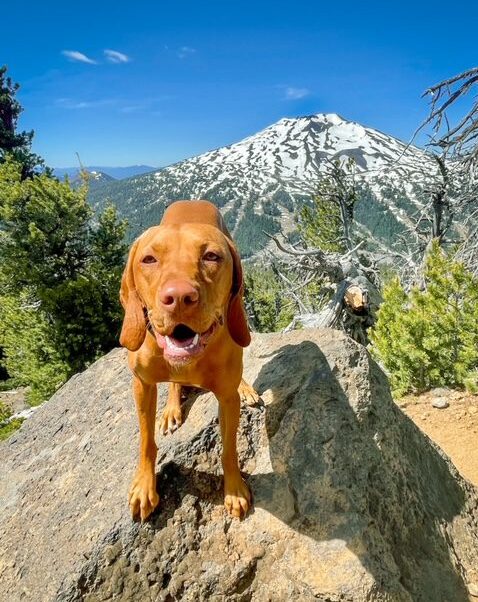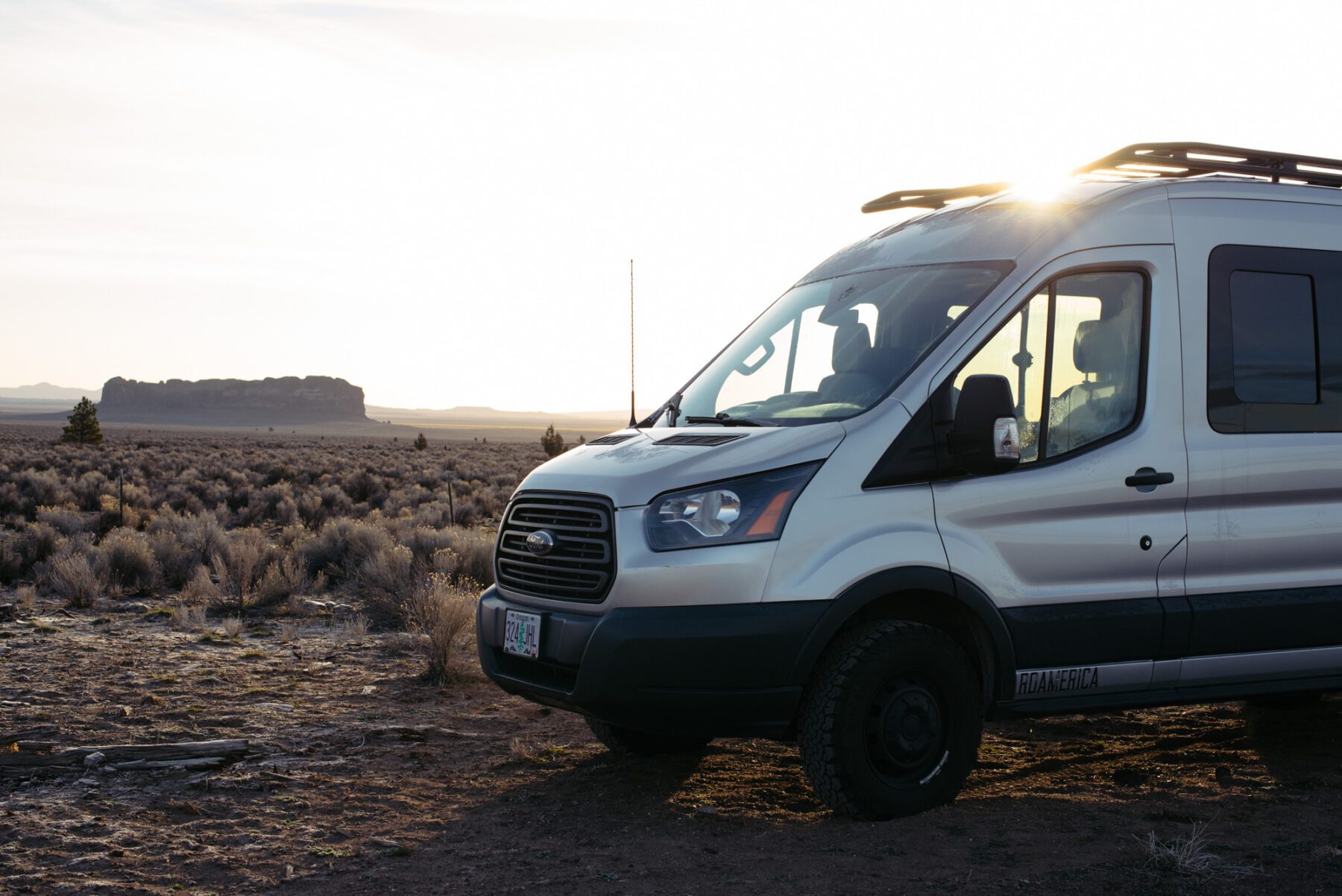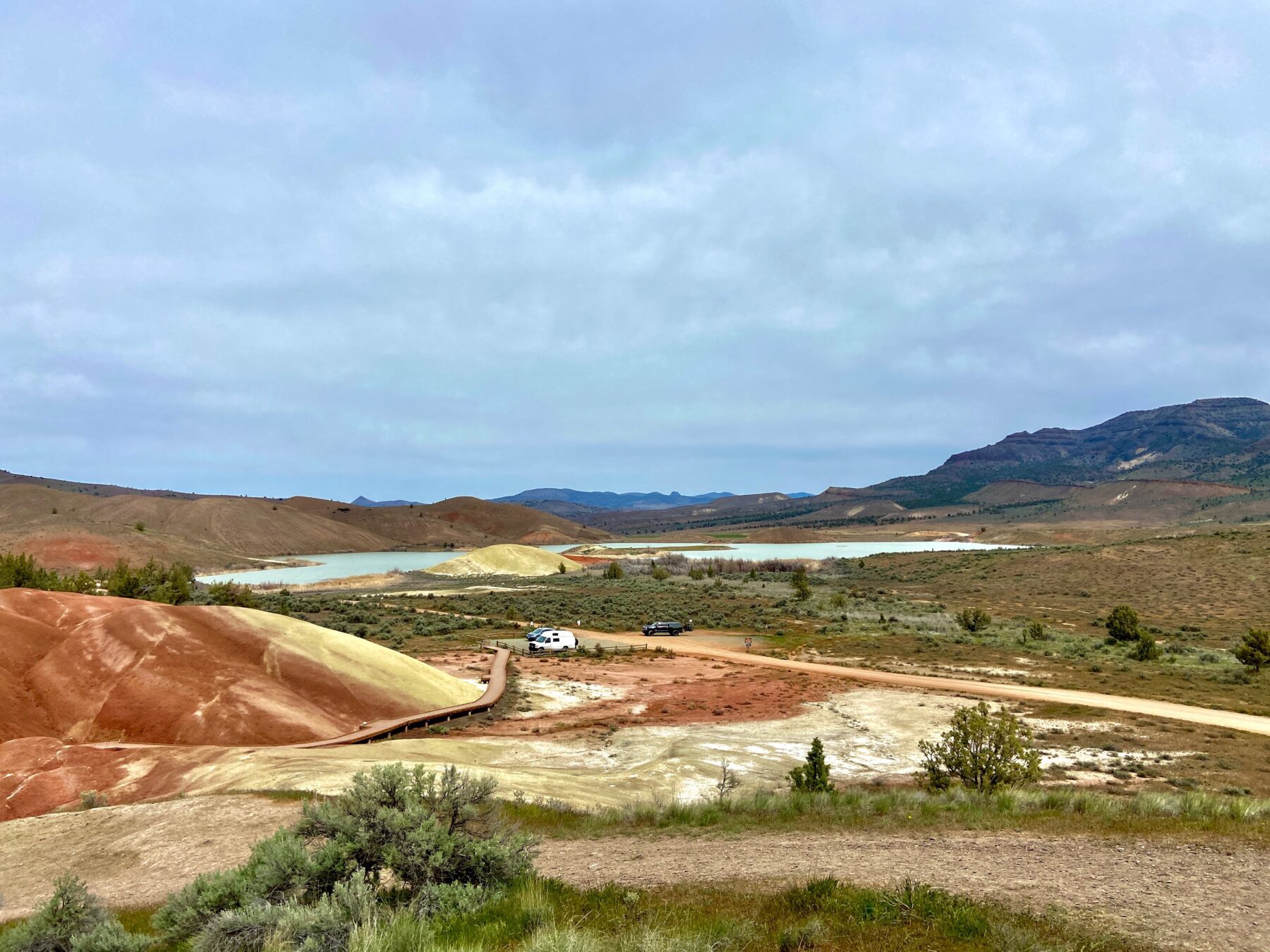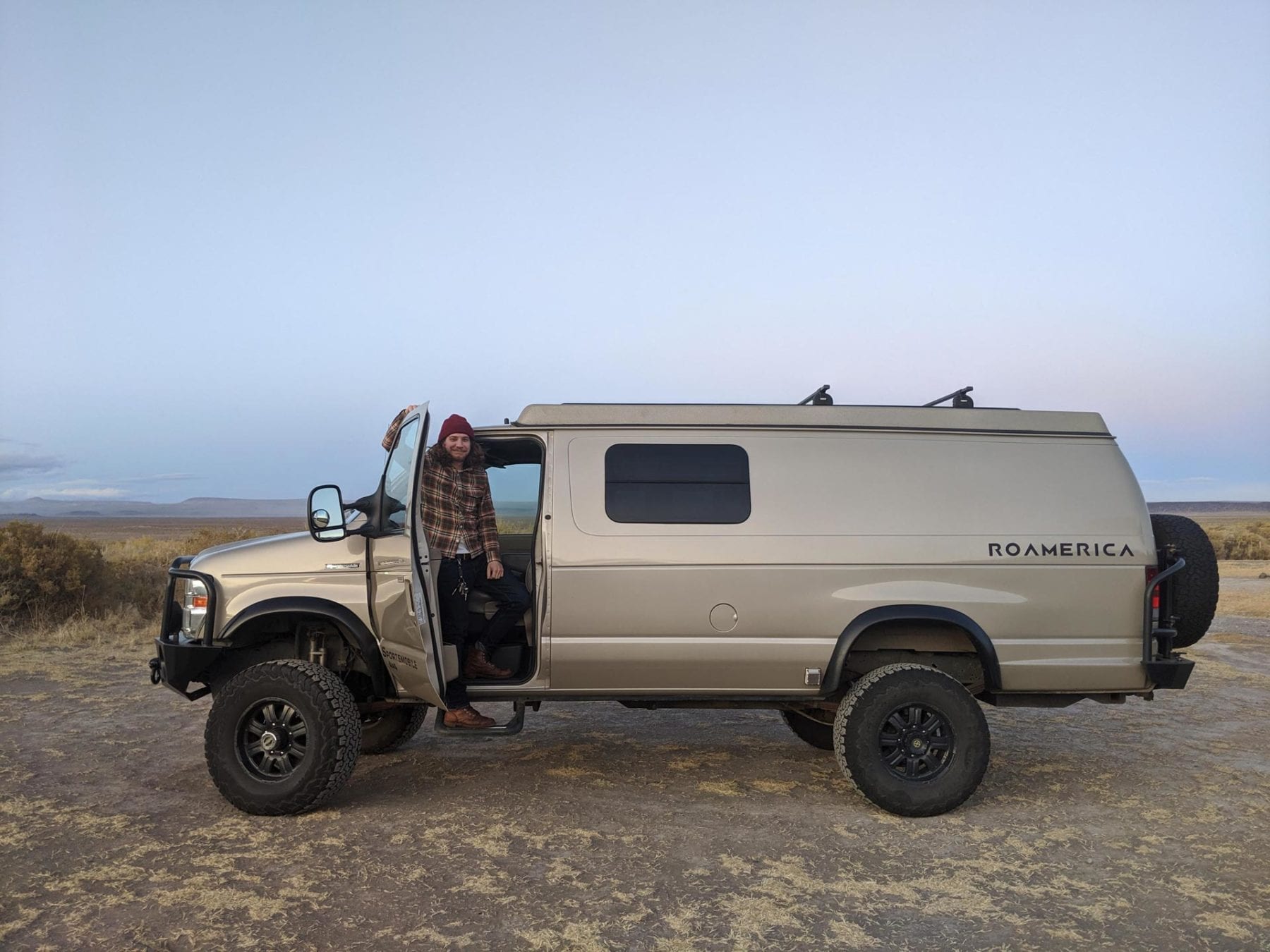
5 Oregon Ghost Towns to Explore on Your Next PNW Road Trip
While modern travelers consider Oregon to be rich in recreation and tourism opportunities, settlers from the eastern United States first came west in search of natural resources and farm land. While some of the mining and timber towns grew into big cities like Ashland and Bend, others faded into obscurity as settlers left to pursue riches elsewhere. Consequently, Oregon boasts more ghost towns than any state in the Union, and you can visit some today for a fun tour back to the turn of the 20th century. Here are five of our favorite Oregon ghost towns, all located in eastern Oregon’s Grant and Baker counties.
Contact Us Today to Get Your PNW Road Trip Adventure Started!1. Town of Austin, Grant County
Austin wasn’t a mining town exactly, but it was rather the hub that fueled mining industry. The town had three constantly-churning sawmills that helped process timber for the neighboring booming mining towns. Professionals like lawyers, doctors, and real estate agents lived in Austin, and the “Austin House,” the town’s hotel and stagecoach stop both still stand among a cluster of trees.
2. Town of Greenhorn, Grant/Baker County
At 6,306 feet (1,922 m) above sea level, Greenhorn is the highest incorporated city in Oregon. Straddling the Blue Mountains, this townsite is nestled into the lush, green countryside. In 1895, the gold-mining town had a population of about 3,200; however, despite its scenic locale and fairly well-preserved structures, there are currently no official residents of Greenhorn.
Where to Stay in your ROAMERICA Camper Van Rental: Located just 13 miles from Greenhorn and two miles from Austin, Bates State Park is a great place to park your van while exploring the neighboring ghost towns. The park boasts its own historical significance: it was once the site of a thriving lumber mill, which closed in the mid-1970s.
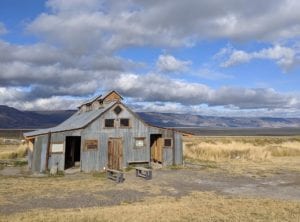
Photo by @alwayswithhonor
3. Town of Granite, Grant County
Although Granite’s founders had hoped to name the town “Independence” to commemorate the day that gold was discovered there (July 4, 1862), they had to settle on a word that described the surrounding environs instead. Word of the gold found on the banks of Granite Creek inspired a boom, and the population of Granite surged. The town boasted four saloons, four livery, and other centers of retail. Unfortunately, the advent of World War II saw the end of gold mining, and Granite busted as quickly as it boomed. Today, many remnants of its heyday remain.
4. Town of Sumpter, Baker County
From Granite, take the Elkhorn Drive Scenic Byway, a 106-mile closed-loop route through forests in the Elkhorn Mountains to Sumpter, another mining town that produced millions in gold in the early 1900s. Not to be outdone by its neighbor to the north, 16 saloons lined Sumpter’s downtown streets until a tragic fire destroyed the business district in 1917. Today, the most iconic feature of the town is the Sumpter Valley Dredge, a centerpiece of a State Heritage Area.
Where to Stay in your ROAMERICA Camper Van Rental: Camp in one of the seven forested sites at the USFS McCully Forks Campground, or stay with more amenities at the Gold Rush RV Park.
5. Cornucopia, Baker County
As its name suggests, Cornucopia had a lot to offer early settlers. In 1902, the Oregon Daily Journal claimed that “the Cornucopia group of gold mines contains what is probably the largest ore body in the Pacific Northwest, if not in the United States.” Like other mining towns nearby, Cornucopia thrived in the late 1800s and early 1900s, but when mining operations were forced to cease in the early 1940s, the town was abandoned and never recovered. Nevertheless, it’s one of the most well-preserved ghost towns in the state; the Cornucopia Jailhouse is listed on the National Register of Historic Places.
Looking for more interesting Pacific Northwest road trip ideas? Check out our piece on the PNW’s hidden gem destinations!
More PNW Road Trip Destination Ideas
